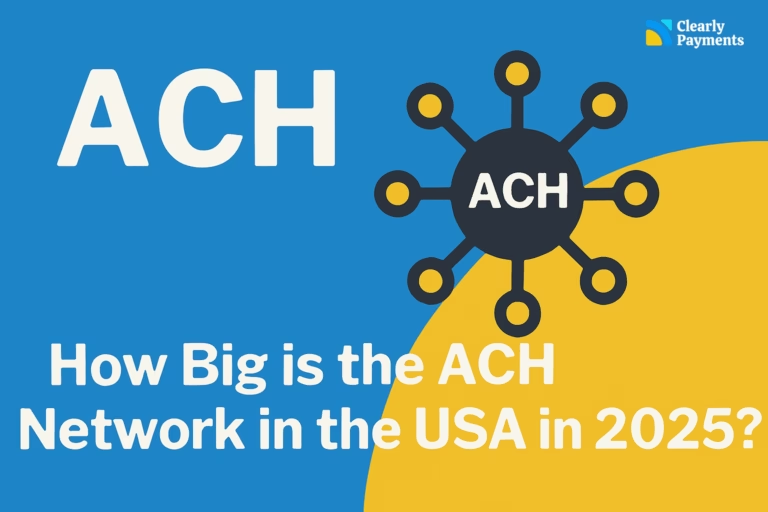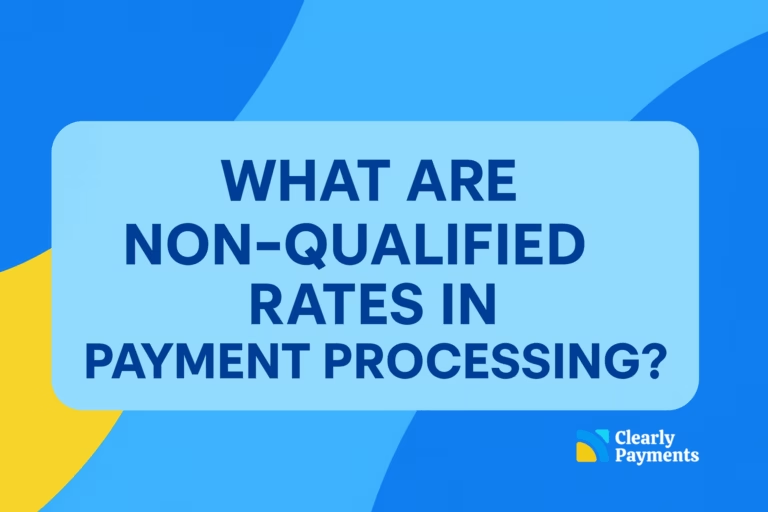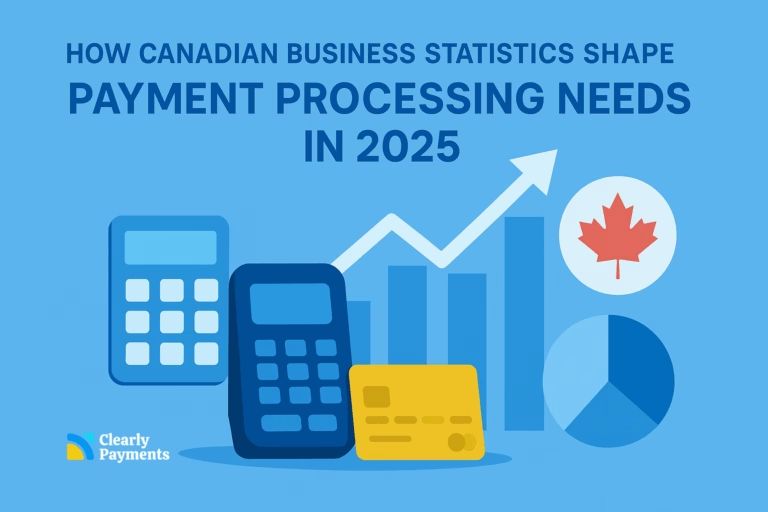If your business accepts Visa credit or debit cards, you’re part of a global payments ecosystem that depends on trust, security, and compliance. Visa’s Acquirer Monitoring Program (VAMP) is a critical part of that ecosystem.
VAMP isn’t just a program for acquirers and payment processors, it directly affects merchants. If your business has high chargeback rates or fraudulent activity, your payment processing relationship could be at risk. Understanding how VAMP works can help you avoid penalties, higher fees, and even account termination.
What Is Visa’s Acquirer Monitoring Program (VAMP)?
Visa created VAMP to hold acquiring banks and payment processors accountable for merchants that consistently violate Visa’s chargeback and fraud thresholds.
While the program’s name focuses on acquirers, merchants are at the core of it. When merchants have excessive disputes or fraud, their acquirer gets flagged by Visa. If the problems continue, Visa can:
- Impose fines on the acquirer
- Increase scrutiny on specific merchant accounts
- Require corrective action or suspension of merchant processing
VAMP Thresholds and Merchant Problems
Visa sets specific thresholds for chargebacks and fraud. If a merchant exceeds these, they may be considered “high risk” under the VAMP program.
| Metric | Threshold (Typical) | What It Means |
|---|---|---|
| Chargeback Rate | Over 0.9% of transactions | Too many customer disputes |
| Fraud-to-Sales Ratio | Exceeds 0.75% | Excessive fraudulent transactions |
| Chargeback Count | 100+ per month | Volume triggers risk flags |
Merchants who cross these levels are typically placed into monitoring programs such as Visa’s VDMP (Visa Dispute Monitoring Program) or VFMP (Visa Fraud Monitoring Program), which are closely tied to VAMP.
How VAMP Impacts Your Business
Being flagged under VAMP can have serious consequences for merchants:
- ⚠️ Higher processing fees: Acquirers pass on increased compliance costs.
- 🛑 Account termination risk: Continued high chargebacks may result in account closure.
- 📊 Reputation damage: High-risk merchant classification makes it harder to find a new processor.
- 🧾 Visa fines: While acquirers are billed directly, costs often flow down to merchants.
- 🕒 Reserve holds: Payment processors may hold back a portion of your funds as security.
How to Stay Compliant and Avoid VAMP Issues
Merchants can take proactive steps to stay well below VAMP thresholds. Here’s how:
1. Keep Chargebacks Low
- Use clear billing descriptors so customers recognize charges.
- Deliver excellent customer service and quick refund policies.
- Monitor disputes daily and respond promptly.
2. Strengthen Fraud Prevention
- Implement AVS (Address Verification Service) and CVV checks.
- Use 3-D Secure or Verified by Visa for added authentication.
- Work with your processor to enable fraud filters and velocity controls.
3. Optimize Your Payment Experience
- Offer transparent checkout and clear return/refund policies.
- Send shipping notifications and tracking details.
- Reduce unintentional disputes from confused or impatient customers.
4. Partner with a Trusted Processor
Choosing the right payment processor can make all the difference. A good processor will:
- Monitor your chargeback and fraud ratios
- Alert you to issues early
- Help you stay compliant with Visa requirements
Clearly Payments works closely with merchants to stay below Visa’s thresholds, ensuring smooth processing and uninterrupted cash flow.
What to Do If You’re Flagged Under VAMP
If your business does trigger a monitoring program, acting fast is crucial:
- Work with your acquirer or processor immediately to understand the issue.
- Identify root causes: is it friendly fraud, product issues, shipping delays, or something else?
- Implement a remediation plan to lower chargebacks or fraud rates.
- Monitor your metrics closely over the following months to prove compliance.
Failure to act can result in Visa fines, loss of merchant accounts, or being added to MATCH lists, which can make it very difficult to get approved by another processor.




